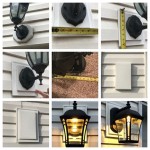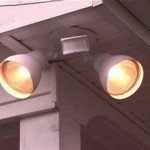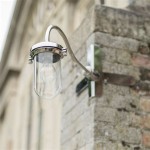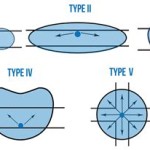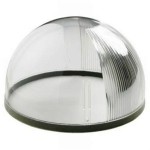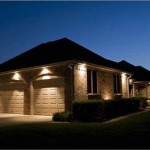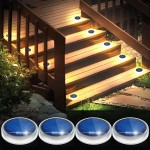Adding Motion Sensor to Outdoor Lights: A Comprehensive Guide
Incorporating motion sensors into your outdoor lighting system offers numerous advantages, including enhanced security, energy efficiency, and convenience. Here's a comprehensive guide to help you add motion sensors to your outdoor lights.
1. Determine the Placement
Choose a strategic location for the motion sensor, taking into account the coverage area you want to monitor. Position the sensor at a height of 6-8 feet, facing the desired direction of detection, and away from potential sources of false triggers, such as trees or bushes.
2. Select the Right Motion Sensor
There are various types of motion sensors available, each with its unique features. Consider factors such as the detection range, field of view, and sensitivity when selecting a sensor. Wireless motion sensors offer ease of installation, while wired sensors provide a more stable connection.
3. Install the Sensor
Follow the manufacturer's instructions for installing the motion sensor. Typically, wired sensors require electrical connections, while wireless sensors simply need to be mounted. Secure the sensor firmly using screws or brackets and adjust the detection settings to meet your needs.
4. Connect the Sensor to the Light
Connect the motion sensor to the outdoor light fixture by following the wiring diagram provided. This involves connecting the sensor wires to the corresponding wires on the light fixture and ensuring proper insulation and waterproofing.
5. Test the System
Once the installation is complete, test the motion sensor to ensure it's working correctly. Walk into the detection zone and observe whether the light activates as intended. Adjust the detection range and sensitivity settings if necessary.
6. Maintain the Sensor
Regularly clean the motion sensor to remove any dirt or debris that may interfere with its performance. Check the batteries in wireless sensors periodically and replace them when needed. Additionally, inspect the wiring and connections to ensure they remain secure.
7. Benefits of Motion Sensor Outdoor Lights
Adding motion sensors to your outdoor lights offers numerous benefits:
- Enhanced Security: Motion sensors detect movement in the detection zone, triggering the lights to activate. This helps deter intruders and creates a sense of security.
- Energy Efficiency: Motion sensors only activate the lights when motion is detected, saving energy compared to leaving lights on all night.
- Convenience: Motion sensor lights automatically turn on when someone approaches, eliminating the need to manually switch them on or off.
- Improved Visibility: The sudden illumination provided by motion sensor lights can improve visibility around your outdoor space, making it safer and more convenient.
Conclusion
Adding motion sensors to your outdoor lights is a practical and beneficial upgrade. By following the steps outlined in this guide, you can enhance the security, energy efficiency, and convenience of your outdoor lighting system.

How To Add Motion Sensor Outdoor Lights With Or Function Doityourself Com Community Forums

Can You Add Motion Sensors To Existing Outdoor Lights Local Electrical Group

How To Wire Motion Sensor Occupancy Sensors

Can You Add Motion Sensors To Existing Outdoor Lights Local Electrical Group

How To Wire Motion Sensor Occupancy Sensors

How To Add Motion Sensor Outdoor Lights With Or Function Doityourself Com Community Forums

Up And Down Pir Motion Sensor Wall Light For Outdoor Use

How To Add Extra Light An Existing Motion Sensor Doityourself Com Community Forums

Installing A Remote Motion Detector For Lighting Diy

Auraglow Pir Motion Sensor Up Down Outdoor Wall Security Light Warminster Stainless Steel Led Lighting

